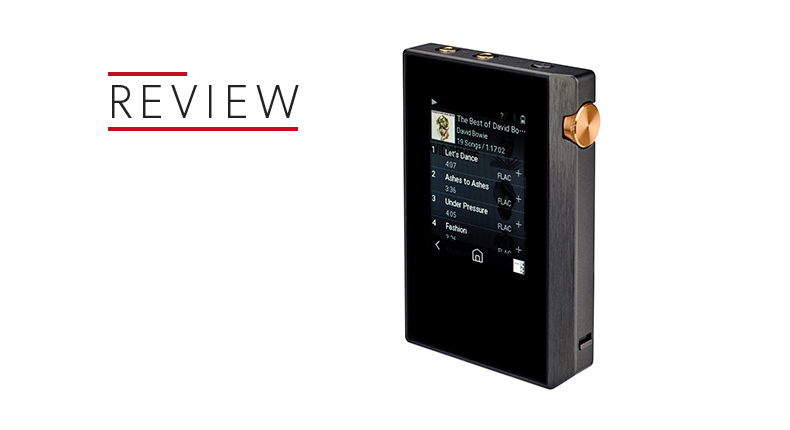What Hi-Fi? Verdict
The XDP-30R is a solid effort and is a good choice if your budget doesn’t stretch further
Pros
- +
Neat and precise presentation
- +
Good level of detail
- +
File compatibility
Cons
- -
Lacks a bit of drama
- -
Issue with older Mac OSs
Why you can trust What Hi-Fi?
Why buy a portable music player? You already have a phone that plays music – and who wants to carry two separate devices around with you?
With many of the current batch of phones compatible with high-resolution files, the argument in favour of dedicated music players seems tenuous – right up until the point where you start listening to one.
As a breed, they simply sound better than most phones, almost comically so in some respects.
Pioneer is looking to expand into this category and why not? The brand has an excellent stereo heritage littered with enough quality kit to suggest it could challenge current class leaders such as Astell & Kern and Sony.
Build
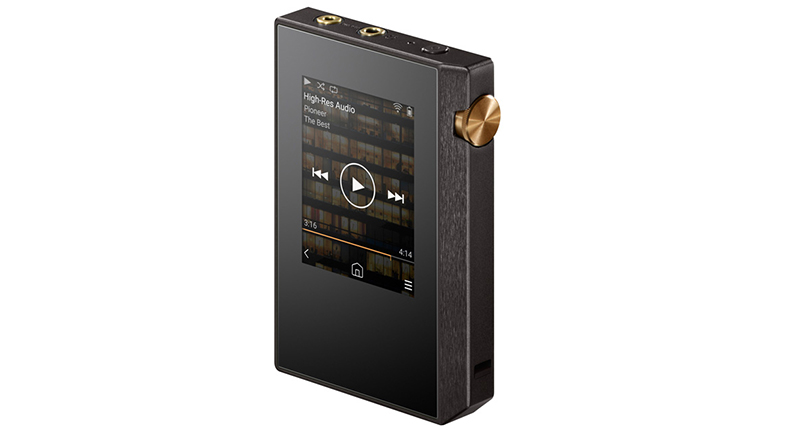
Take a close look at the XDP-30R and it looks ever so familiar. We have our current favourite music player to hand – the £500 Astell & Kern AK70 – and the similarities are striking.
From the overall shape, to the positioning of the inputs and controls, they look very similar indeed.
They’re not quite the same – the dimensions are a little different – but they are close enough to raise eyebrows.
If the XDP-30R can match the Astell & Kern is performance as well as appearance, all at a reduced price, then Pioneer is on to a winner.
MORE: Astell & Kern AK70 review
Features
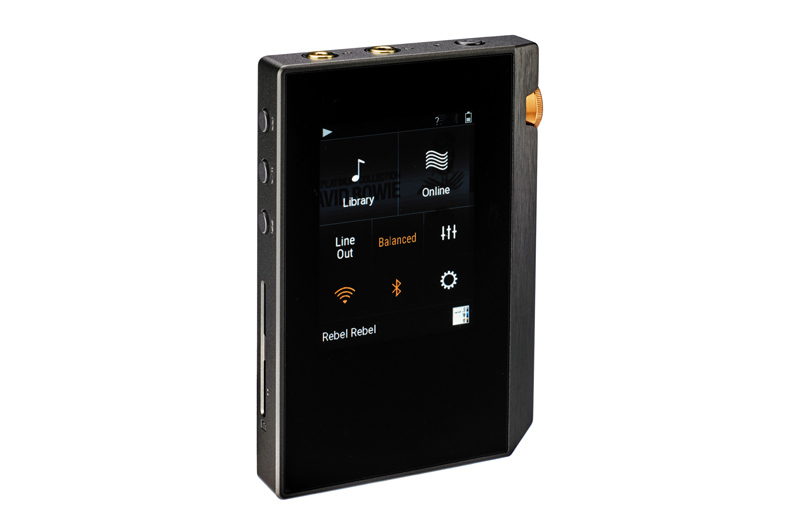
Things start brightly enough. This is a well-equipped unit and will play PCM files up to 32-bit/192kHz and double speed DSD.
MQA support is on its way, with a firmware upgrade expected by the end of summer. Streaming isn’t ignored either, with Tidal, Deezer and Tunein support built-in.
At 16GB, the built-in internal storage isn’t particularly generous, but it is augmented by two mini-SD card slots, each capable of accepting a maximum of 200GB memory. That should be enough for even the most ardent hi-res music fans.
While the Pioneer has no issue connecting to the Windows PCs we tried, the situation isn’t quite so simple with Apple.
The current version of the Pioneer’s software (v1.06) doesn’t work with OSX 10.10 (Yosemite) or earlier, so if your Mac runs one of these the XDP-30R won’t show up as being connected.
There isn’t a problem if you use OSX 10.11(El Capitan) or onwards. At the time of writing there isn’t a time scale for a fix.
MORE: MQA audio – What is it? How can you get it?
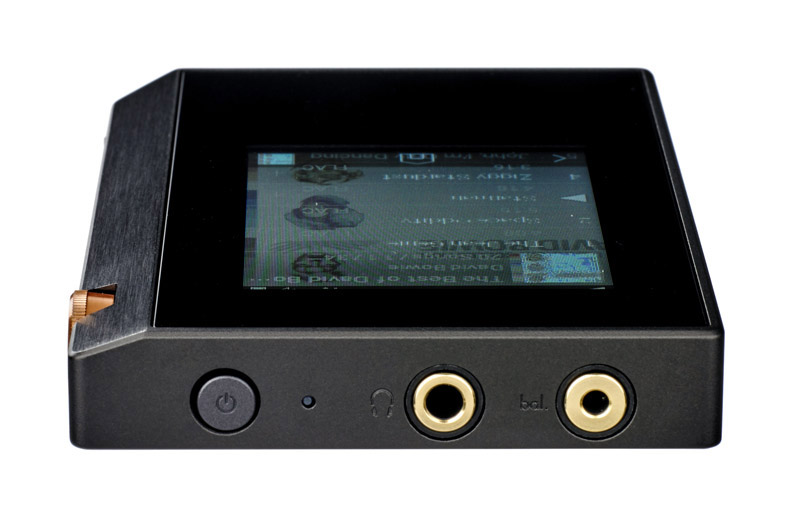
Connectivity is fine with a 3.5mm headphone output and a 2.5mm balanced output.
It’s possible to bypass the integrated volume control if you’re planning on connecting the XDP-30R directly into your amplifier, but be careful not to connect your headphones into the Pioneer if you do. You’ll be in for a shock, and risk damaging your headphones and ears. If wires don’t appeal, there’s the option of Bluetooth too.
The case is made of aluminium, though the plastic back panel lowers the tone a little. Take a look inside and you’ll find twin SABRE ES9018C2M DACs along with a pair of ES9601 amplifiers chips. The channel layout is kept symmetrical to help stereo imaging.
Unusually, Pioneer has gone to the trouble of specifying two clocks one for 44.1kHz family of sampling rates and the other for 48kHz and its multiples. This reduces jitter errors and should give a better sound.
The 1630mAh battery gives around 15 hours of use before needing a recharge, though that figure will vary with headphones and volume levels used.
MORE: High-resolution audio - everything you need to know
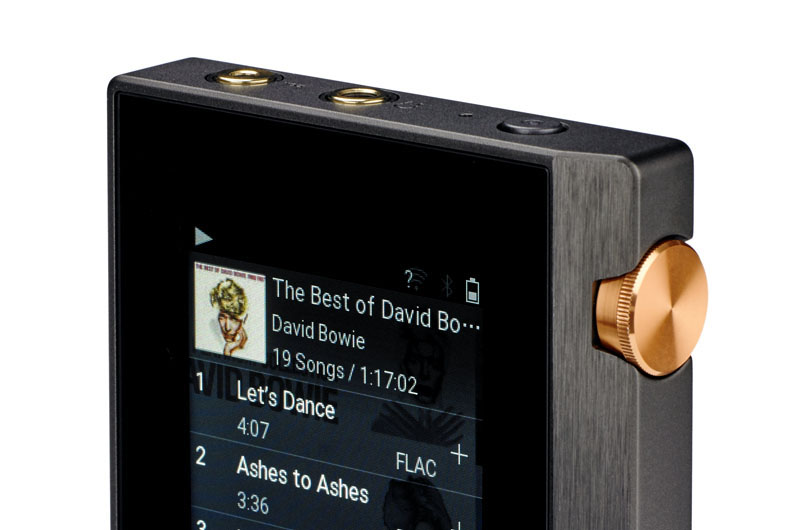
The XDP-30R is a bit of a mixed bag in use. Physically, it’s a good size and certainly small enough to fit into a pocket or purse. The main controls fall nicely to hand and we particularly like the tactile volume dial.
The 2.4in touchscreen display is on the small side though still responsive. Its 320 x 240 resolution looks a little blocky but not disturbingly so.
If you don’t want to take the Pioneer out of your pocket when out and about there’s a dedicated app that allows the unit to be controlled from your phone.
There are a number of filter and EQ settings to play around with, and while these don’t fundamentally change the character of the sound, it’s worth playing around to get the overall sonic balance you prefer.
We ended up keeping any additional processing to a minimum and the ‘short’ filter setting. The gain setting is a useful touch. It allows better matching between the XDP-30R and your headphones.
If you find that the sound is simply not loud enough this is the setting to check first.
MORE: DACs – everything you need to know
Sound
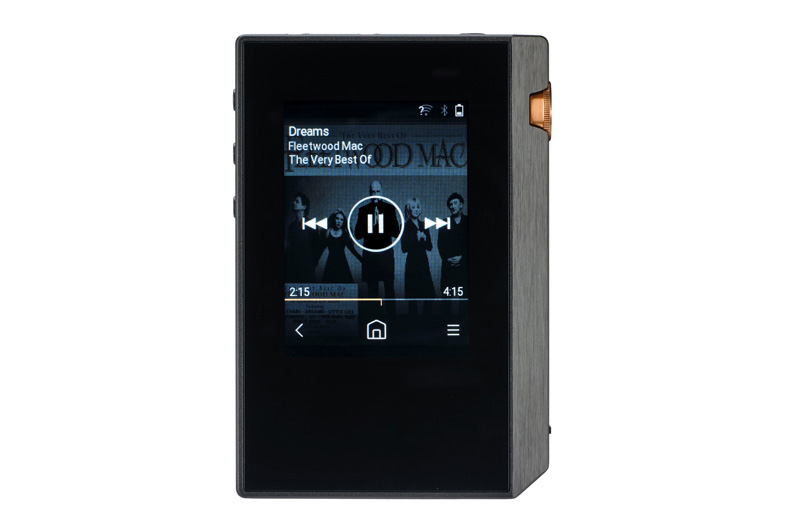
We play Dreams by Fleetwood Mac, and our first thoughts are of a clean and crisp sound. It’s an impression that stays with us through our listening sessions.
The XDP-30R is a capable performer. The presentation is well organised, with the Pioneer keeping a steady hold of the song’s various instrumental strands.
There’s a good level of detail for the money with Stevie Nicks’ distinctive voice coming through with plenty of texture and subtlety.
Even before we start comparing to the pricier Astell & Kern, we’re aware of a lack of rhythmic drive and dynamic punch. It’s not that the XDP-30R sounds polite or boring, more that it rounds off a little momentum and excitement present in the music.
MORE: Best portable music players 2017
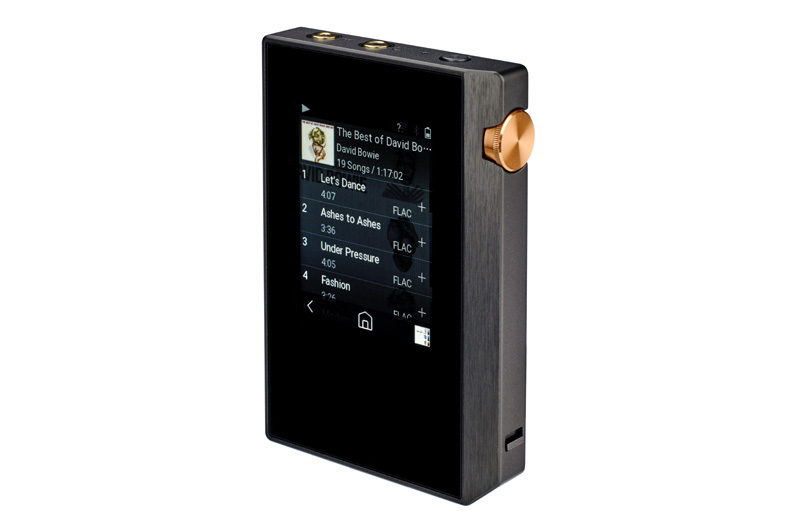
A quick swap to the AK70 proves that to be the case. While we wouldn’t necessarily expect the Pioneer to match the AK70, bearing in mind the price difference, we still want the Pioneer to capture the energy and sparkle in the recording without diluting the impact.
Switching to Debussy’s Clair De Lune shows off the Pioneers agility, and an ability to resolve lower level dynamic shifts. This level of organisation gives the melody plenty of emotional impact.
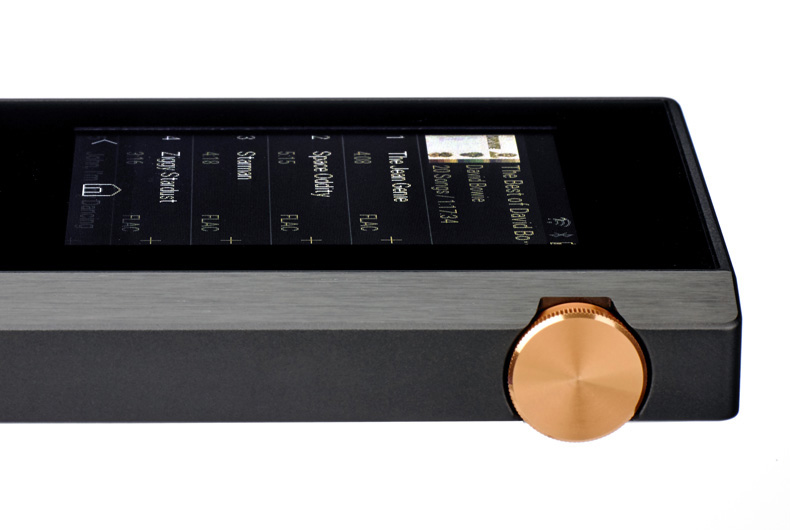
There’s lots of space in the presentation, with the XDP-30R refusing to sound cluttered or confused. It’s an enjoyable and emotional listen.
Once again we note a slight shortfall of dynamic finesse and that leaves us with a pleasant rather than spellbinding listening experience.
We try a range of headphones from AKG’s Y50s and Sennheiser’s Momentums to Beyerdynamics’ T1s without issue. That speaks much for the load driving capability of the built-in headphone amp.
Verdict
The XDP-30R is generously specified and on the whole easy to use. Its performance is good for the money without quite climbing to the heights that make it an essential purchase. Close but not quite is our verdict.
See all our Pioneer reviews
What Hi-Fi?, founded in 1976, is the world's leading independent guide to buying and owning hi-fi and home entertainment products. Our comprehensive tests help you buy the very best for your money, with our advice sections giving you step-by-step information on how to get even more from your music and movies. Everything is tested by our dedicated team of in-house reviewers in our custom-built test rooms in London, Reading and Bath. Our coveted five-star rating and Awards are recognised all over the world as the ultimate seal of approval, so you can buy with absolute confidence.
